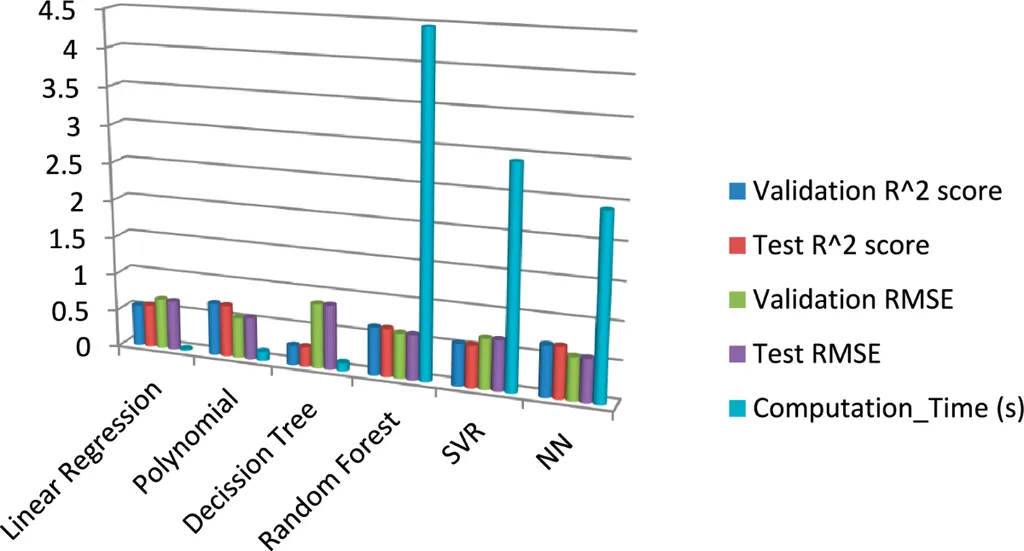In the realm of renewable energy forecasting, researchers Ismum Ul Hossain and Mohammad Nahidul Islam from the University of Dhaka have made significant strides. Their work, published in the journal “Energy Reports,” focuses on improving the prediction of power generation from renewable resources, a critical aspect as the world transitions towards more sustainable energy solutions.
The study addresses the challenges posed by the intermittent, non-linear, and complex nature of renewable energy sources. Traditional forecasting methods often struggle with these characteristics, leading to inaccuracies in predicting power generation. To tackle this, the researchers leveraged a comprehensive dataset spanning approximately 30 years, encompassing solar, wind, and hydroelectric resources.
The research evaluated two distinct machine learning approaches: the K-Nearest Neighbors (KNN) model and the Non-Linear Autoregressive distributed lag model with Seasonal Autoregressive Integrated Moving Average (SARIMA). Both models were used to forecast total power generation, utilizing high temporal resolution and multiple environmental parameters to enhance predictions.
The findings revealed that both models performed equally well in terms of error metrics, each exhibiting unique tendencies under certain circumstances. The extensive dataset allowed for better calibration of temporal fluctuations and seasonal and climatic effects on power generation. This improved reliability in predictions is invaluable for grid operators, energy traders, and policymakers involved in establishing renewable energy standards and policies.
Practical applications of this research are manifold. Accurate forecasting can help grid operators balance supply and demand more effectively, ensuring a stable electricity provision. Energy traders can make more informed decisions, and policymakers can set more realistic and achievable standards for renewable energy integration. Ultimately, this work contributes to the broader goal of enhancing the reliability and efficiency of renewable energy systems, facilitating a smoother transition to a more sustainable energy future.
For further details, the research can be accessed in the journal “Energy Reports” (Hossain and Islam, 2023).
This article is based on research available at arXiv.

